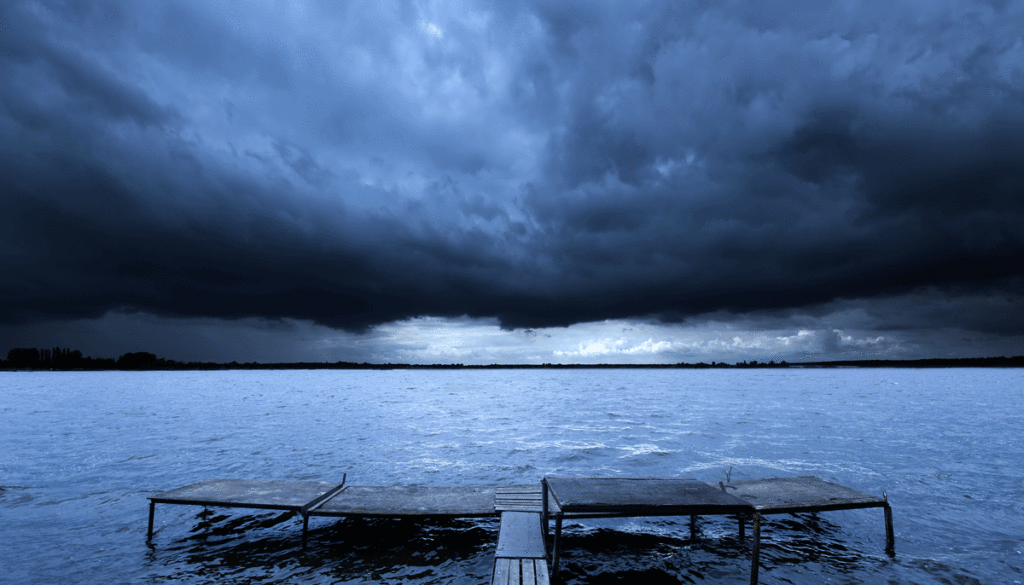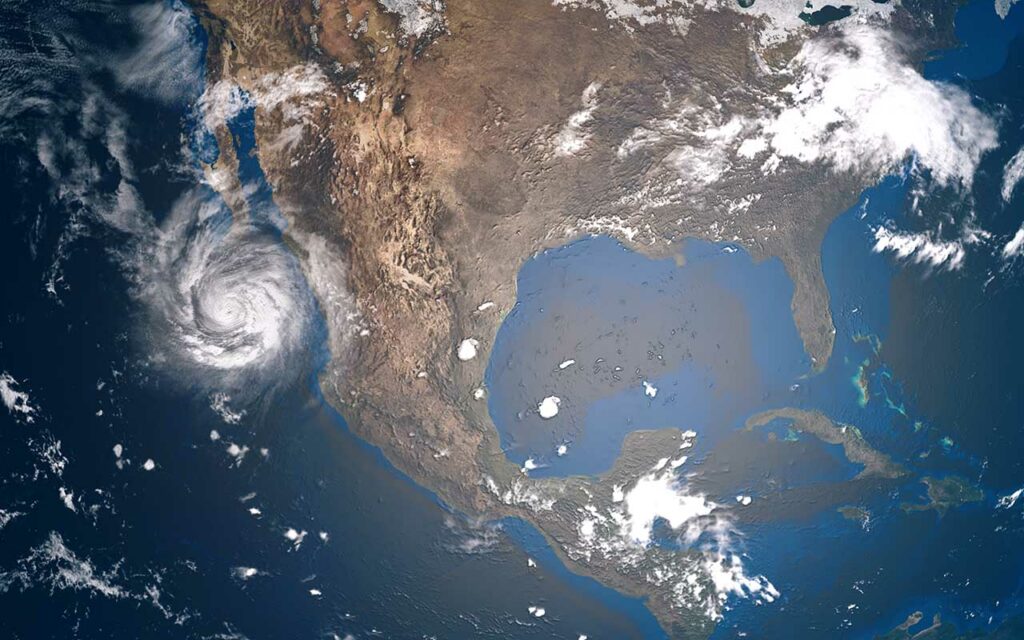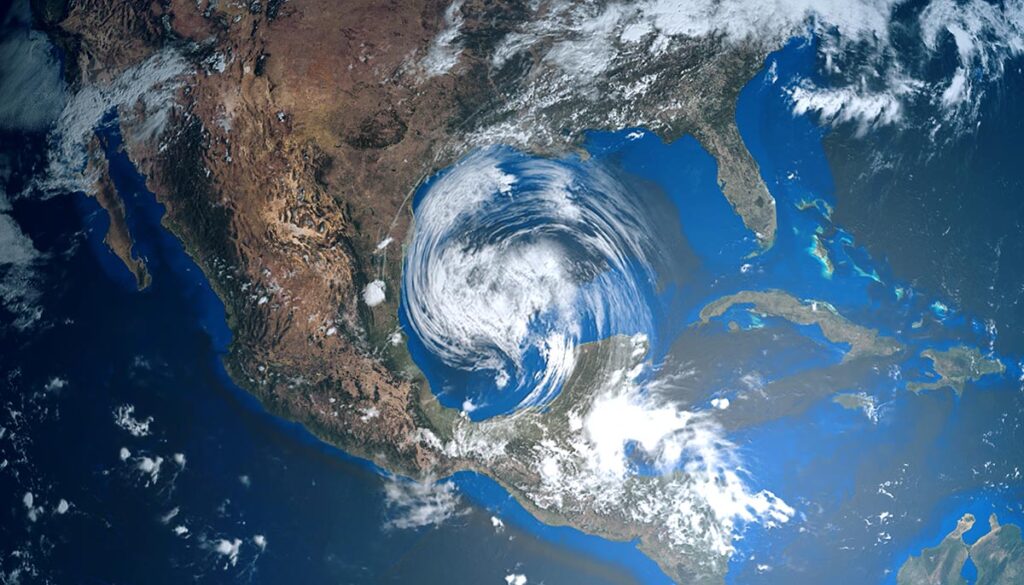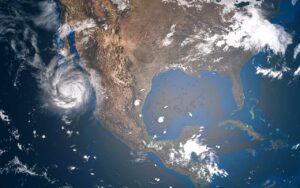Scientists are worried after discovering new sunspots that are so massive they could devour Earth whole, and while radio blackouts occurred over the two previous days, dangerous flares could come within weeks.
Pair of new sunspots so massive, could devour Earth whole
In the past few days, astronomers have spotted new sunspots swarms. They have been named AR2994 and AR2993. The swarms are massive and large enough to devour the Earth whole.
Sunspots are dark regions of the sun where it is cooler than other parts of the surface. Solar flares, called coronal mass ejections (CME), originate close to these dark areas within the star. When they explode in the direction of Earth, they result in geomagnetic storms and create disturbances in Earth’s magnetic field.
Scientists say there is also a third sunspot group that is still hidden behind the sons of the northeastern limb (or apparent edge), live science reports. In fact, this third sunspot appears to have caused a powerful solar flare that, luckily, missed the Earth only a few days ago.
Solar flares already firing at Earth
On April 19 and 20, two strong X-class flares were launched toward Earth and reportedly caused radio blackouts in Australia, Eastern Asia, and the Western Pacific, Democratic Underground reported, who cited reports by live science and space weather.com reported 19 flares overall, which included five medium-class explosions.
Live science reported that imagery from NASA’s Solar Dynamics Observatory had shown that large sunspot group AR2993-94 was ready to rotate, positioning into firing range of Earth.
“The fusillade is likely to continue,” said spaceweather.com.
Scientists worried over potential strong solar flares
Back in late March, scientists were concerned over two solar flares, called coronal mass ejections (CME) that erupted from the sun, two of which headed toward Earth, where they triggered a geomagnetic storm, The Sun reported. Earlier the same week, a solar flare caused a minor high-frequency radio blackout over Africa. Scientists were concerned over potential satellite damage or other power blackouts that, luckily, did not come to fruition.
In response to one solar flare, a strong geomagnetic G3-level storm resulted in the so-called Northern lights, or aurora borealis, extending over the northern tier of the United States, WSLS reported.
Now, with the discovery of the two new monstrous sunspots, scientists have new concerns for the same reasons. A massive solar flare could knock out satellites and power grids, as well as make the northern lights to be visible globally, the Daily Mail reported.
Earlier in April, a significant plasma ejection narrowly missed the Earth, which was linked to a sunspot group that had appeared earlier on the star.
Astronomers have not yet warned whether discovering these new humongous dark spots of sunspot swarms will result in solar flares hitting the Earth, but predict that it is possible in the coming weeks.









